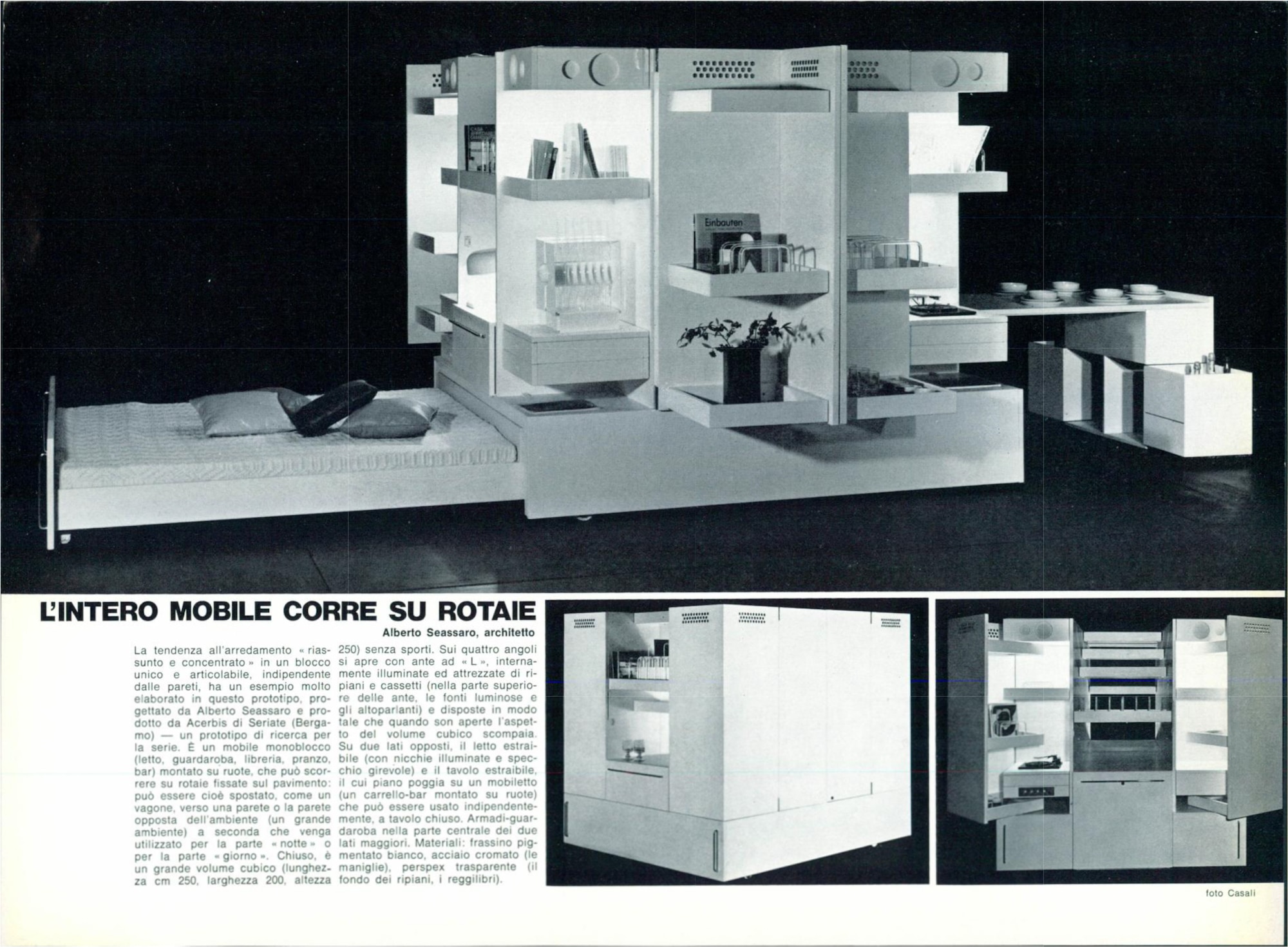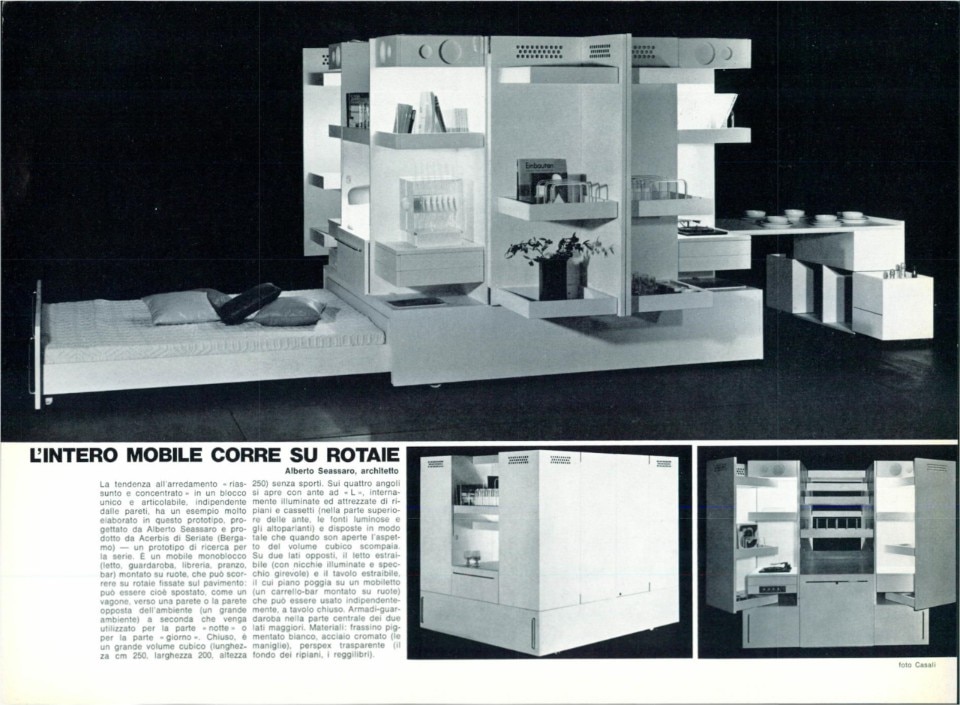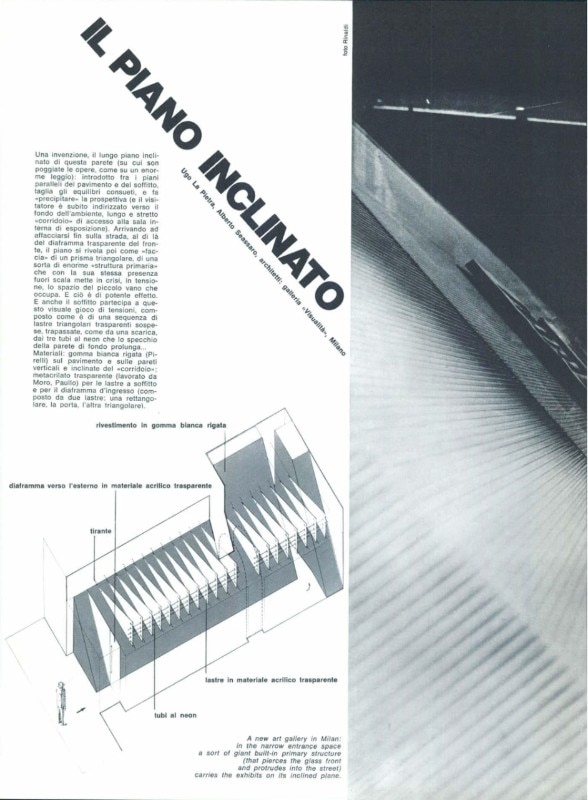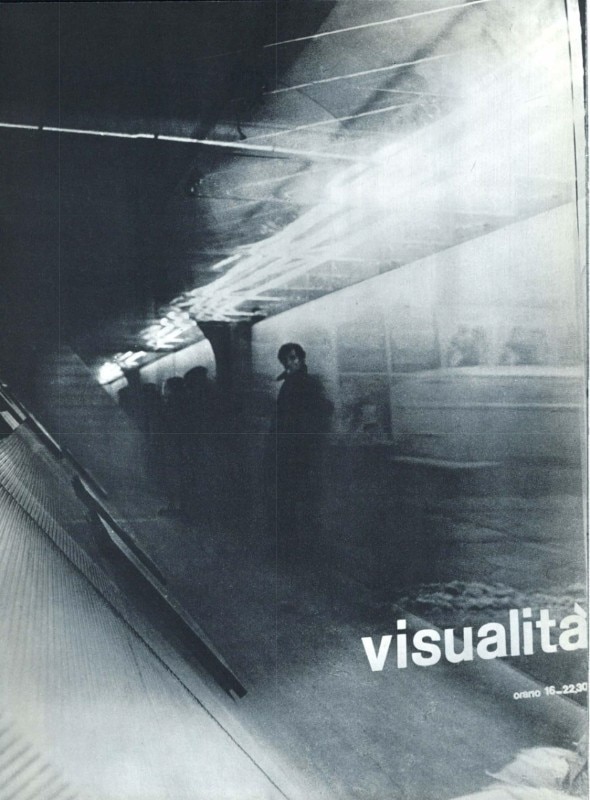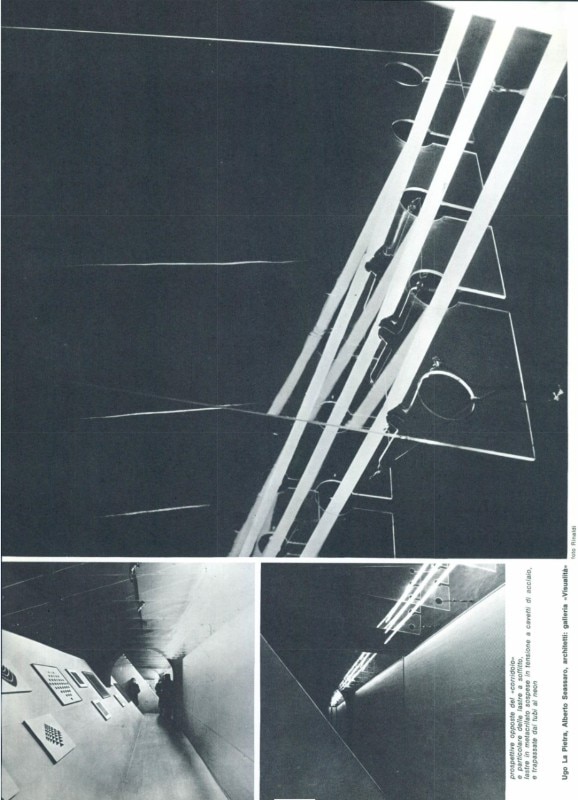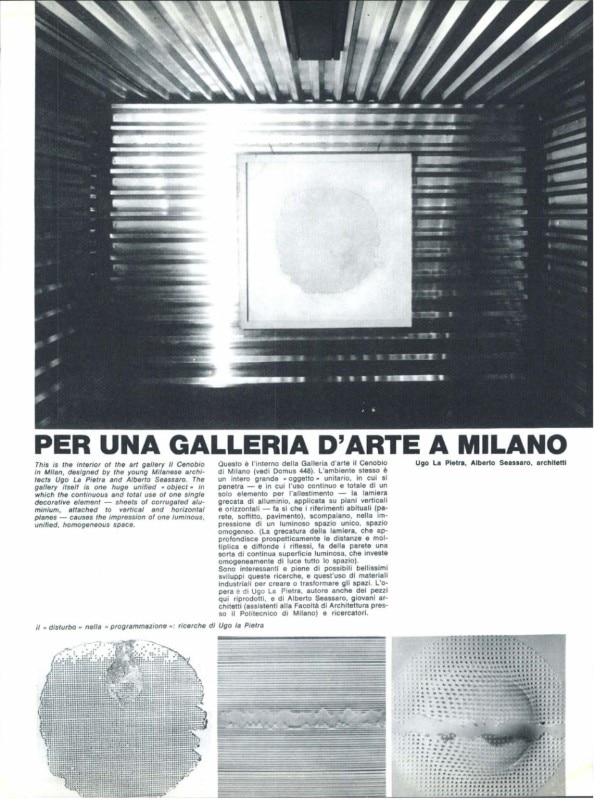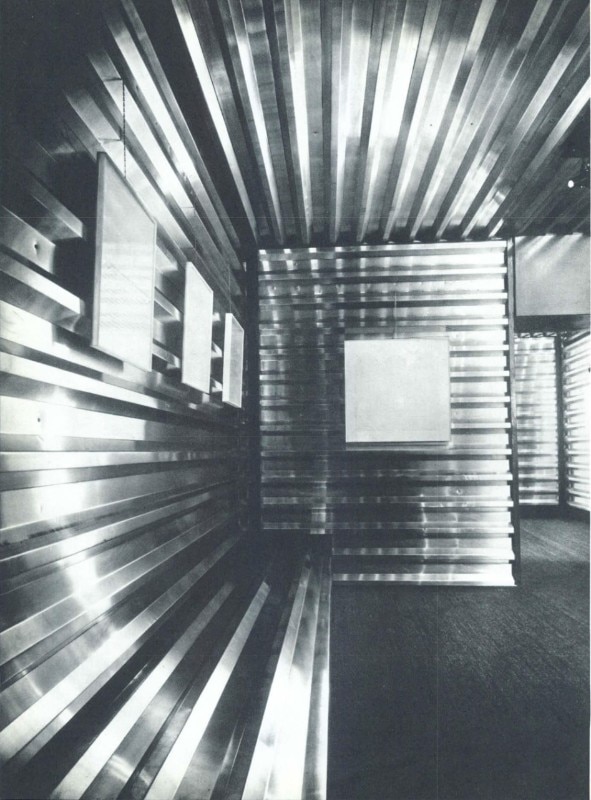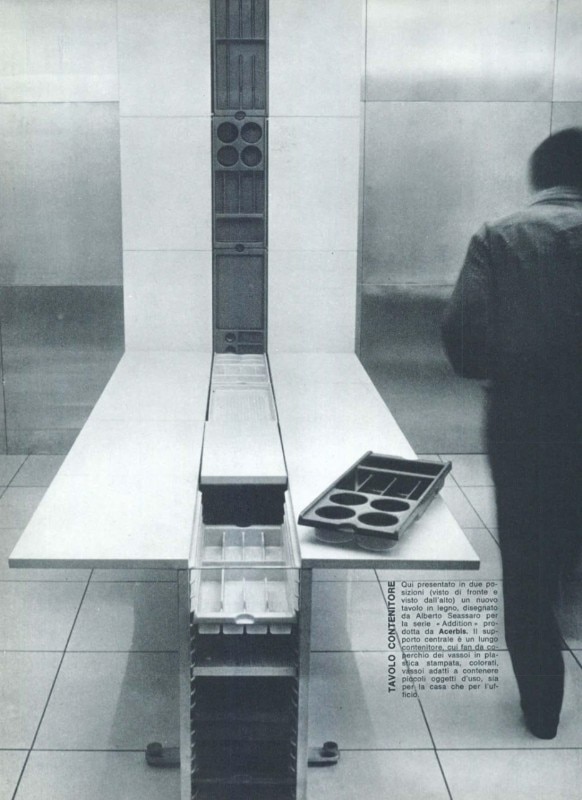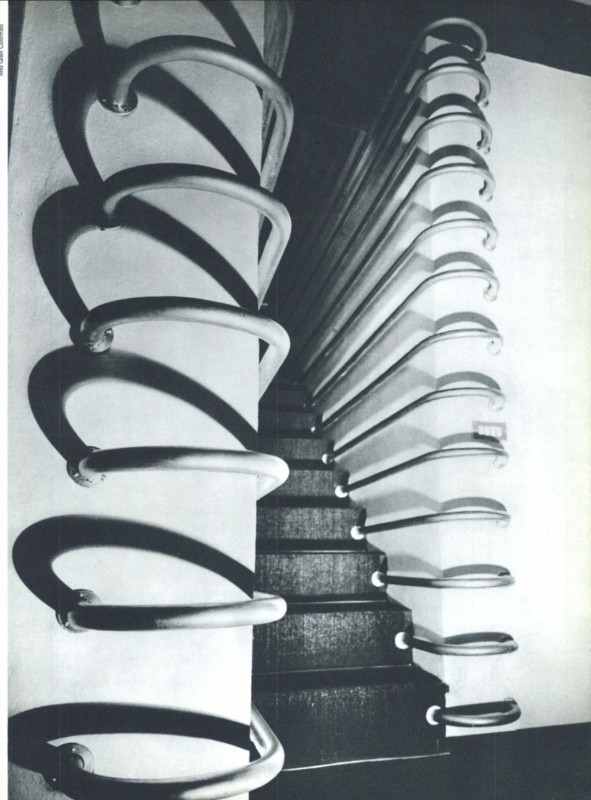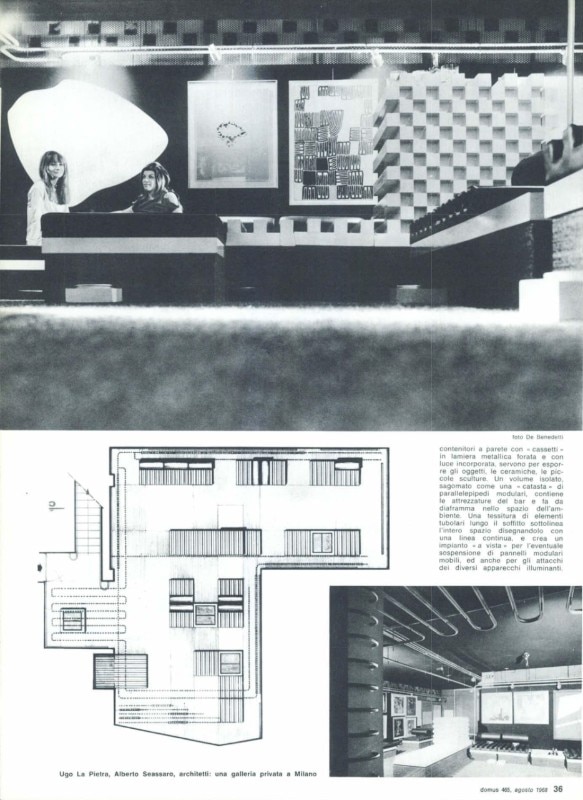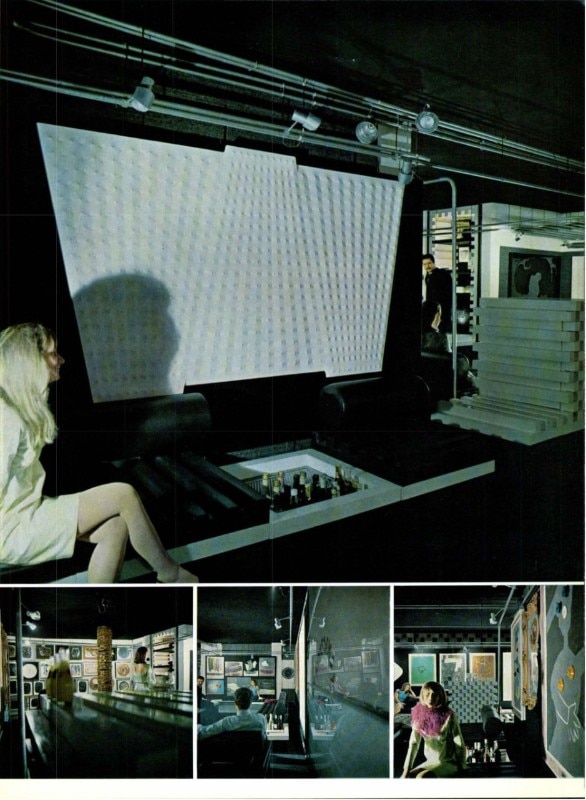I keep almost as a relic a cyclostyled document called “Proposal for the creation of a technological research area in the Faculty of Architecture of Milan”, dated January 1970. That’s half a century ago. It is signed by Raffaella Crespi, Leonardo Fiori, Alberto Seassaro and Marco Zanuso, but it is not difficult to understand that the author is actually Alberto. In the years following his architecture degree, in 1964 he carried out intense research on the themes of prefabrication and building unification. He collaborated with national research institutions like the CNR and prestigious companies like Montecatini Edison, for which he carried out studies and design experiments on building components. In that context, he started a happy collaboration with Giuseppe Ciribini, a leading figure in the field of technology, and he became his assistant before becoming professor in Milan at the end of the 1960s. It is exactly in that period that we met and started to spend time together, however always with a bit of mutual distrust: we came from different cultural backgrounds, and we wore even more different ties. However, the mistrust didn’t last long: after a two-hour-long phone call while I was in Basel on a trip with some architecture students, he asked me to move to the Faculty of Design to help create an Interior Design degree course.
In a way, in this fifty-pages document, he had already written everything that would happen afterwards.
There was the belief that the “experimentation”, the process of disciplinary re-foundation started in 1967 and aimed at replacing monodisciplinary teachings with “Research Groups”, was at a standstill, due “not only to the insufficient radicality of application” but also to the absence of a general framework of reference capable to prevent a fracture between a student elite that could adhere to the educational offer of greater educational and cultural commitment, and the mass of students. We were at a crossroads. Faced with the advanced state of disciplinary debasement of the Italian university and in particular of the Faculties of Architecture, the choice that was made was between a school as a center to build a new “political aristocracy, future class of bureaucrats” and a “school for the masses, functional to the society as a whole”. As a result of the liberalization of access to the university, which was made possible thanks to the protests of many students, in 1970 the student population of the Politecnico di Milano had increased a lot compared to previous years: there now were about 6,500 students. When Seassaro started working on the establishment of the Faculty of Design, the students became 40,000, the debasement process of the figure of the “technical architect” entered a much more advanced phase and that of the “proletarization of intellectuals”, described in the document as a possible condition for the spread of an anti-capitalist consciousness, was sucked into the whirlpools of the cultural restoration of the 1990s. One wonders where “the Sea”, as we call it, found not the determination – there was a lot of it – but rather the political and cultural reasons to work on such a subversive project, if we think of the tradition of the Politecnico di Milano.
We find these reasons in that very document: in the criticism of “professionalism”, whose overcoming is entrusted to the introduction of the figure of the architect as an “organic technician of society as a whole”. And when the document references the commitment to the disciplinary re-foundation and “the creation of a mass didactics for an alternative clientele”. To which is added a reflection on the role of technology, on the notions of “technological rationality” and Habermas-inspired “waste production” leading to the hypothesis of a general revision of technological teachings, capable to turn all these into a “globalizing discipline”.
What he was working on at the end of the last century is the direct consequence of all this. It is the construction of a path aimed at making architecture recognize the disciplinary autonomy of design, which culminated with the establishment of the Faculty of Design and then with the introduction of the disciplinary scientific sector of design, which had significant consequences on the university careers of many students. It is a unique teaching model in the world, with a Faculty of over 5,000 students. It’s the largest of all design schools, ranked sixth in the world among the best Schools of Arts and Design. It offers numerous degree courses, as a mass response to the debasement of the figure of the architect and the demand for radically different skills when it comes to designers. It is an idea of design that goes beyond traditional industrial product design. But we all know that.
What not so many people might know, is that his idea of school was heavily influenced by his artistic training, the concept of “synesthesia between arts”, the design experiments he carried out with Ugo La Pietra in the Sixties, and his studies on Morphemes. This has made “his” School an extremely original place for training young designers compared to the other schools, and in which technique is seen as a support to critical thinking, committed to changing the way we experience things, work and live.
Alberto Seassaro was a professor and founder of the Design School of the Politecnico di Milano, the first in Italy. Graduated in architecture at the Politecnico di Milano in 1964, Seassaro, in parallel with his teaching activity, worked for important studios, including BBPR, Vittoriano Viganò, Marco Zanuso, Luigi Moretti and Marcello D’Olivo, until he opened the studio with Ugo La Pietra in 1964. In 1994 he became President of the Degree Course in Industrial Design and in 2000 Dean of the Faculty of Design.



